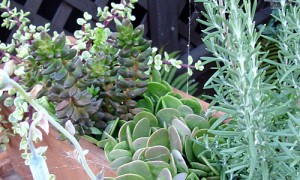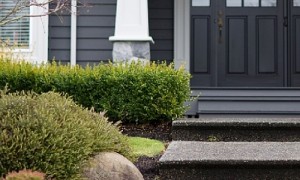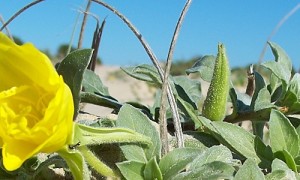After years of prolonged drought, most summers in the Dallas-Fort Worth area require homeowners to adjust to water restrictions. For those building homes or planning to do some significant landscaping, choosing drought tolerant plants can help cut down on your water bill and conserve water.
Current Water Restrictions
Fort Worth is under Stage 1 restrictions, which means homeowners are allowed to water with a sprinkler or irrigation system twice a week on designated days. Your two days depend on the last number of your home’s street address.
Dallas has permanent watering ordinances, similar to the ones in Fort Worth. In addition to the twice-weekly watering schedule, homeowners cannot water with sprinklers or irrigation systems between the hours of 10 a.m. and 6 p.m. from April 1 to October 31.
Arlington and other cities in the Metroplex have similar restrictions, either temporary or permanent.
Drought Tolerant Turf
Many older homes in the Metroplex have St. Augustine or Bermuda grass and sometimes a mixture of both. St. Augustine is well-known for requiring a lot of water. It’s popular because it grows in both sun and shade. Bermuda grows only in sunny areas. It requires less water and, unlike St. Augustine, becomes dormant without water. Once rain and cooler weather comes, Bermuda will grow again.
Texas A&M University horticulturists suggest several types of drought tolerant zoysiagrass or even blue grass hybrids for Metroplex homes. Several of the zoysiagrass varieties grow in both the shade and full sunlight and require very little water to stay green.
Drought Tolerant Trees
Dallas County Master Gardeners recommend a variety of drought tolerant trees for homeowners to plant. They include crape myrtles, Texas mountain laurel, redbud, several varieties of holly, and specific varieties of magnolia, maple, and buckeye. Many of these trees produce fragrant flowers or even fruit.
The Texas state tree, the pecan, requires water to survive drought conditions and needs a significant amount to bear fruit. Other common trees in older Metroplex homes include box elder, red oak, and live oak, which must also be watered during extended periods without rain.
Drip Irrigation
Your best bet to keep your bedding plants healthy during dry summer months is to install drip irrigation. You can bury soaker hoses directly in your flower beds or simply position them around your plants and trees on top of the soil. Soaker hoses are exempt from current water restrictions, so you can use them to water every day.
Your home’s foundation is also affected by long periods without rain. To help keep your foundation from cracking, water it periodically, especially during the hot summer months.
[cf]skyword_tracking_tag[/cf]






